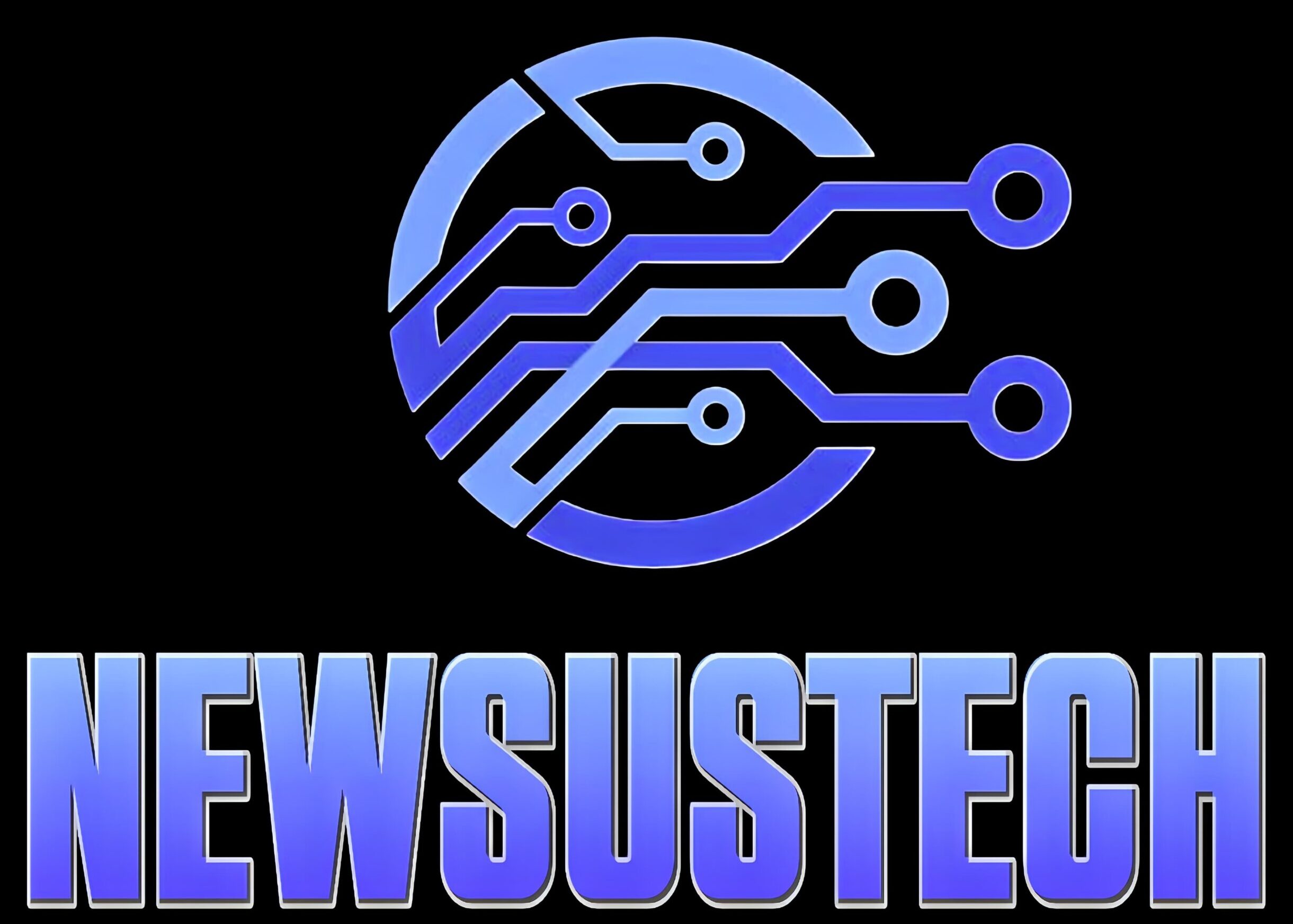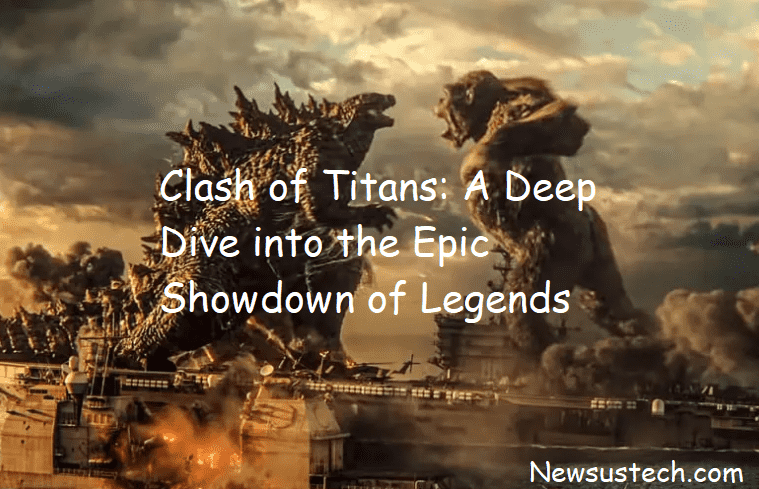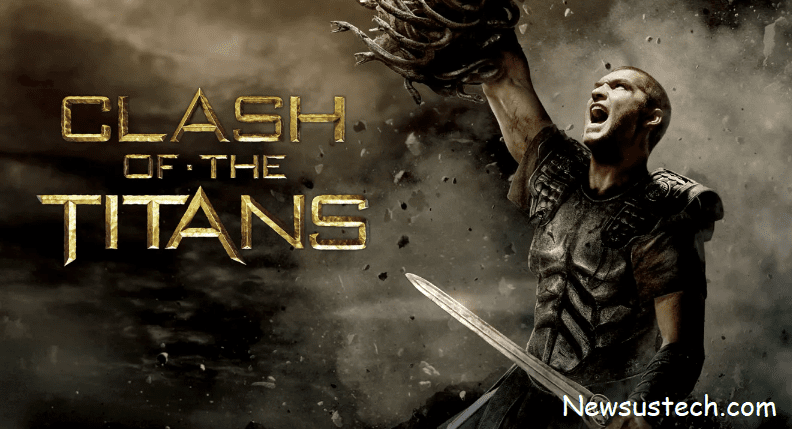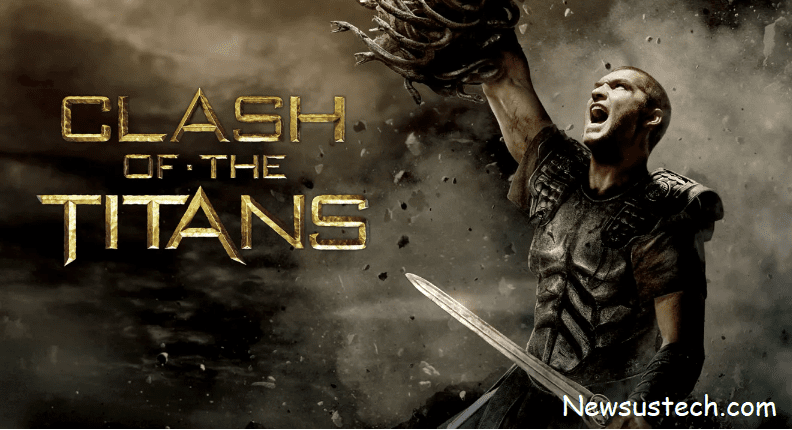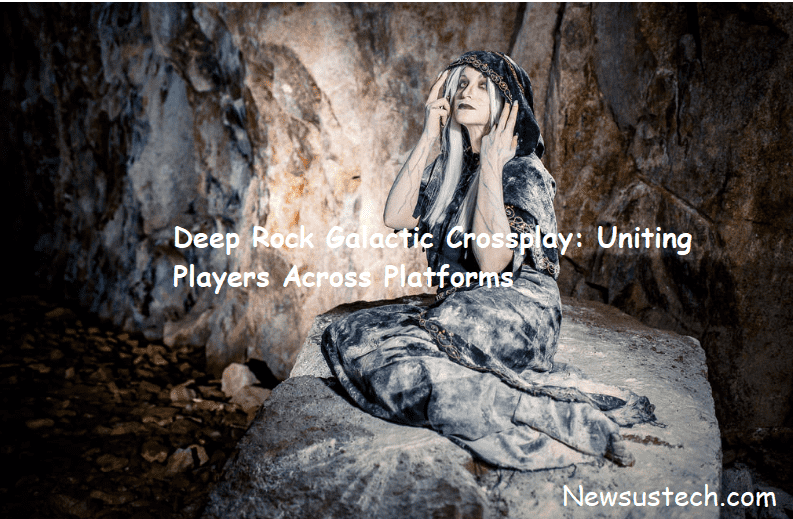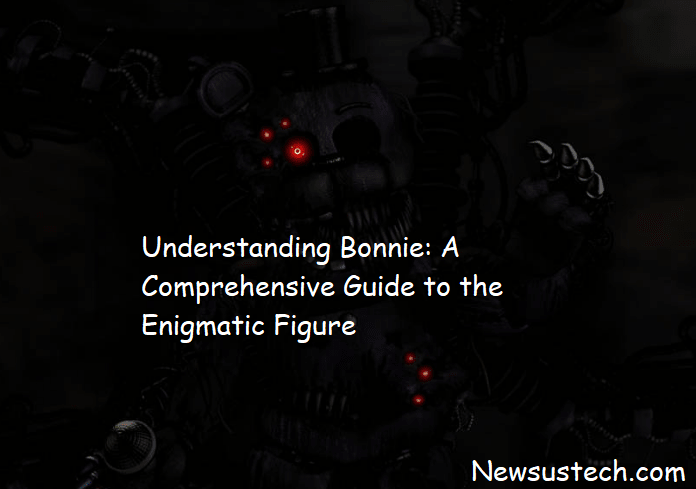The Clash of Titans has long captured the imagination of audiences, bringing forth a saga of epic battles, legendary heroes, and moral dilemmas. From ancient mythologies to modern entertainment, the theme of monumental confrontations between great powers or personalities resonates deeply. In this comprehensive guide, we will explore the various interpretations of the Clash of Titans, its cultural significance, its manifestations in literature and film, and what it represents in our contemporary world. Join us as we unravel the layers of this powerful narrative.
Introduction
The Clash of Titans serves as a timeless metaphor for conflict, struggle, and resolution. It portrays the battle between opposing forces, often personified as deities, warriors, or even ideological factions. This concept can be found in numerous cultures and stories, each offering a unique perspective on what it means to confront a formidable opponent. In this article, we will delve into the origins of this theme, analyze its key elements, and discuss its implications in modern narratives.
Origins of the Clash of Titans
The notion of titanic confrontations can be traced back to ancient mythologies, most notably Greek mythology. The famous tale of the Titans—the primordial deities who ruled during the Golden Age—centers on their ultimate conflict with the Olympian gods. This legendary battle not only set the stage for countless stories but also introduced themes of power, rebellion, and the struggle for supremacy.
The Titanomachy: A Battle for the Ages
The Clash of Titans is epitomized by the Titanomachy, the epic war between the Titans and the Olympians. Led by Zeus, the Olympians fought to overthrow the Titans and claim their rightful place as rulers of the cosmos. This monumental struggle highlights various facets of conflict:
- Power Dynamics: The struggle between old and new power, as the Olympians represent a new order while the Titans symbolize the ancient regime.
- Heroism and Betrayal: Many heroes emerged from both sides, showcasing courage, loyalty, and, at times, treachery.
- Cosmic Balance: The battle underscores the necessity of balance in the universe, where the rise of one faction often leads to the fall of another.
Clash of Titans in Literature and Film
The theme of Clash of Titans has been embraced by literature and film throughout history. Various adaptations and interpretations illustrate how this narrative continues to resonate with audiences.
1. Mythological Literature
Ancient texts, such as Hesiod’s “Theogony,” detail the battles between gods and titans, capturing the imagination of readers for centuries. These works serve as foundational texts that explore themes of power, identity, and morality.
2. Modern Adaptations
Films like “Clash of the Titans” (1981 and 2010) brought these ancient stories to the forefront of popular culture. They reinterpret the battles, focusing on the hero’s journey while retaining the grandeur of the original myths. Key aspects of these adaptations include:
- Visual Spectacle: Stunning special effects that bring mythical creatures and epic battles to life, captivating audiences of all ages.
- Character Development: A deeper exploration of the protagonists’ motivations and personal struggles, making them relatable to modern viewers.
- Moral Dilemmas: The characters often face ethical questions about power, loyalty, and sacrifice, encouraging audiences to reflect on their values.
The Psychological Aspect of the Clash of Titans
The Clash of Titans can also be interpreted psychologically, representing the inner conflicts individuals face. These battles can manifest as:
- Personal Struggles: The fight against one’s fears, doubts, and insecurities, reflecting the eternal battle between good and evil within.
- Societal Conflicts: Larger themes of social justice, equality, and power struggles in contemporary society mirror the age-old conflicts of the Titans and Olympians.
- Cultural Identity: The clash between tradition and modernity often leads to profound societal changes, similar to the Titanomachy’s impact on the cosmic order.
Modern Interpretations and Cultural Impact
In the modern era, the Clash of Titans theme appears in various forms across media and cultural expressions.
1. Video Games
Many video games incorporate the Clash of Titans narrative, allowing players to engage in epic battles. Titles such as “God of War” and “Hades” not only offer thrilling gameplay but also delve into mythological themes, enhancing the players’ understanding of these ancient stories.
2. Sports and Competitions
The concept of a Clash of Titans extends into sports, where fierce rivalries often evoke the same sense of monumental confrontation. Iconic matches or competitions, like the Super Bowl or World Cup, can be seen as modern-day battles of titans, pitting the best against the best.
3. Social Movements
The metaphor is also applicable in the realm of social justice. Movements challenging systemic oppression can be viewed as a Clash of Titans, where the forces of change confront established systems. The struggle for equality and justice often mirrors the ancient conflicts of power and ideology.
Conclusion
The Clash of Titans serves as a powerful narrative that transcends time and culture, resonating deeply with human experiences. It embodies the struggle between opposing forces, whether in the realms of mythology, personal psychology, or societal dynamics. By examining the origins, adaptations, and modern interpretations of this theme, we can appreciate its significance in shaping our understanding of conflict, heroism, and the human condition.
As we continue to encounter these titanic struggles in various aspects of life, let us reflect on the lessons they impart. Whether in mythology, literature, film, or our daily lives, the Clash of Titans remains a relevant and thought-provoking concept that encourages us to confront our challenges and strive for balance in an ever-evolving world.
Call to Action
If you enjoyed exploring the Clash of Titans, share this article with friends and fellow enthusiasts! Join the conversation by leaving your thoughts in the comments below. What are your favorite interpretations of this timeless theme?
FAQs
1. What is the meaning of “Clash of Titans”?
The term “Clash of Titans” refers to a monumental confrontation between two powerful forces, often depicted in literature, mythology, and popular culture. It symbolizes significant conflict, rivalry, and the struggle for supremacy.
2. Where did the concept of the Clash of Titans originate?
The concept originated in ancient Greek mythology, particularly with the Titanomachy, the epic battle between the Titans and the Olympian gods led by Zeus. This mythological conflict set the stage for many stories about power struggles and heroism.
3. How has the Clash of Titans been portrayed in modern media?
Modern adaptations of the Clash of Titans can be seen in films, literature, video games, and sports. Movies like “Clash of the Titans” (1981 and 2010) reinterpret the myth, while video games like “God of War” explore similar themes of conflict and heroism.
4. What are some examples of the Clash of Titans in literature?
Many literary works feature the Clash of Titans theme, such as Homer’s “Iliad,” which depicts battles between gods and heroes, and modern novels that explore significant ideological or personal conflicts between powerful characters.
5. How does the Clash of Titans relate to contemporary social issues?
The Clash of Titans metaphor can be applied to contemporary social movements, where various factions confront established systems or ideologies in the fight for justice, equality, and change. These struggles often echo the ancient battles for power and influence.
